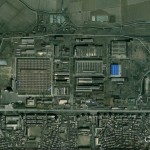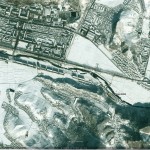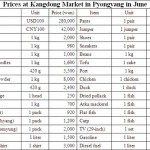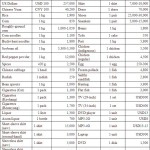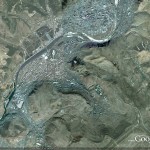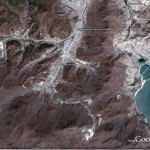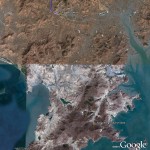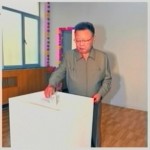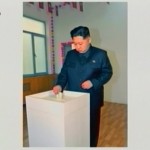Chronicle of Higher Education
Geoffrey See (Choson Exchange)
2011-7-28
In the early 1980s, Theodore Schultz, a Chicago economist and Nobel laureate, visited a China that was just opening up. Impressed by his translator during the trip, he offered the young man an opportunity to attend the University of Chicago’s doctoral program in economics. Thirty years later, the young man, Justin Lin, who helped built one of the top economics department in China at Peking University, became the first chief economist of the World Bank from Asia. Without that scholarship, things might have turned out very differently for Justin Lin, Peking University, and the World Bank.
Today, we have North Korea, an isolated country with young people equally curious about business, finance, and economics, and in a system similar to China’s in the 70s or 80s. On my first trip to Pyongyang, in 2007, a student from Kim Il Sung University, North Korea’s leading university, told me that she wanted to join a trading company to prove that women can be great business leaders. She asked if I could bring economics or business textbooks for her the next time I visited the country. Her example shows there is a hunger for knowledge in the isolated country. And with international-education opportunities, some of these people could become globally integrated and enlightened leaders.
For universities that seek to educate the leaders of tomorrow who will have an impact on the world, supporting North Korean students contributes immensely to this mission. By equipping intelligent and dynamic North Koreans with knowledge and networks, universities can give them an enormous head start in shaping the future of their country.
Choson Exchange, an academic-exchange organization I started, recently selected three talented North Koreans under 30 years of age for scholarships to study business, finance, and economics overseas through a rigorous process. We brought in a managing partner from a top-tier management-consulting company to conduct due diligence to first select high-quality financial, policy, and other institutions with clear emphasis on training young employees. We asked these institutions to nominate young candidates for a scholarship program, and we put the nominees through several rounds of interviews. We were surprised at the quality of the candidates. All three recipients we selected spoke excellent English, and were able to discuss in English the merits of different fiscal incentives and legal structures, or the need for legal reforms in tackling corruption. Two of them spoke other foreign languages.
Perhaps we should not be surprised. North Korean students benefit from a cultural and political emphasis on education. In addition, the dearth of opportunities for North Koreans to study overseas allowed us to pick from a pool of incredibly bright students. For universities competing to lure in high-potential individuals, North Korea provides low-hanging fruit. Unfortunately, many administrators at universities believe, without bothering to meet candidates, that no North Korean could be good enough for their programs.
North Korean candidates will need scholarships. And universities, in this period of cost-cutting, are understandably hesitant in providing scholarships to candidates from a country most people have little interest in. But the two or three places a university can provide amount to an insignificant cost. Even if universities could not care less about North Korea, they should recognize the potential for such a program to attract donor, academic, or corporate interest from South Korea when the political relationship between the two Koreas improves.
Universities undoubtedly will have concerns about such a program. North Koreans are unlikely to be able to apply to universities through the usual process, which will require flexibility on the university’s part in devising an alternative but equally rigorous process. This will probably require creative partnerships with nonprofits or companies in Pyongyang.
Universities are also rightfully concerned that such opportunities will disproportionately benefit the progeny of the North Korean elite, who they might not believe deserve such opportunities. While candidates will likely be upper- to upper-middle class Koreans who have access to the best educational resources in the country, this is not necessarily incomparable to students coming from other developing countries where getting high-quality English education is often the preserve of those with resources. The very richest and most elite of North Koreans (a small pool) do not require scholarships for their sons and daughters. They already send their progeny to France or Switzerland for education.
With a combination of luck, good processes, and a supportive university, perhaps sometime down the road, the next chief economist for the World Bank could come from North Korea. And the person would be able to tell you how he or she changed how business and economics is studied in the country.

